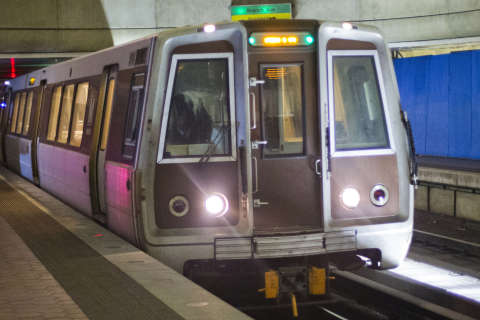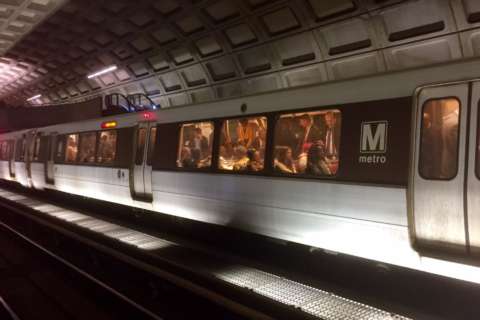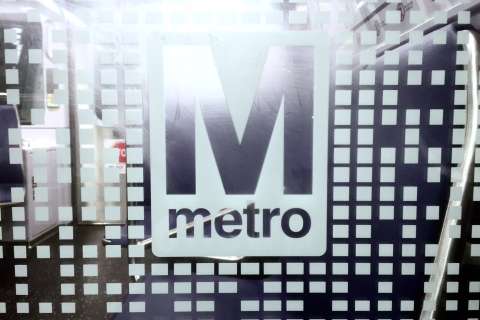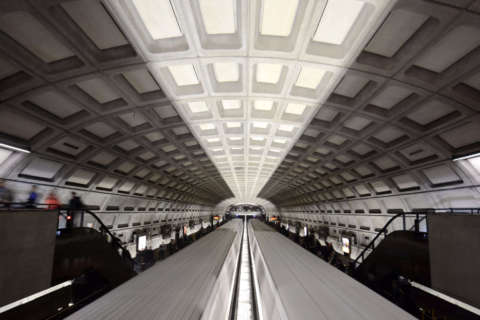WASHINGTON — Metro would better be able to track the locations of workers across the system under a set of proposals that will also address fare evasion and serious worker safety issues.
After a series of incidents where workers have nearly been run over by trains, Metro has again promised safety improvements on the tracks. While many of the measures due to be presented Thursday to the Metro Board’s Safety Committee were promised months ago, the presentation also cites additional pieces of proposed new train warning technology that would record and communicate to rail controllers the exact locations of track inspectors and when and how long those inspectors are actually on the tracks.
That information would allow rail controllers to provide an additional warning to trains approaching workers, but it would also create a record of when and where inspectors are on the tracks that could show what they are accomplishing each shift.
A Metro review following last summer’s derailment near East Falls Church found that many inspections that should have been done were likely never completed, and instead some reports were regularly copied from one month to another. Track inspectors fired over the incidents said that was simply how things were done, and they were sometimes given more work than they could realistically handle.
Separately, in another effort to more accurately account for riders and workers in the system, Metro General Manager Paul Wiedefeld wants all people entering the rail system to tap in and tap out of fare gates, including employees. Metro is also due to roll out new, combined worker identification and certification cards starting next month.
While the tap-in effort is focused on fare evasion — Metro has no solid estimate of how many people skip past turnstiles — it would also create a log of where Metro workers have entered and exited the system if the information needed to be reviewed.
There have been isolated instances where Metro has found that reports were filed showing work had been done, when workers were not, in fact, at the locations where they said they were.
In some of those cases, the workers were using Metro vehicles and were tracked by GPS rather than through their use of the rail system.








